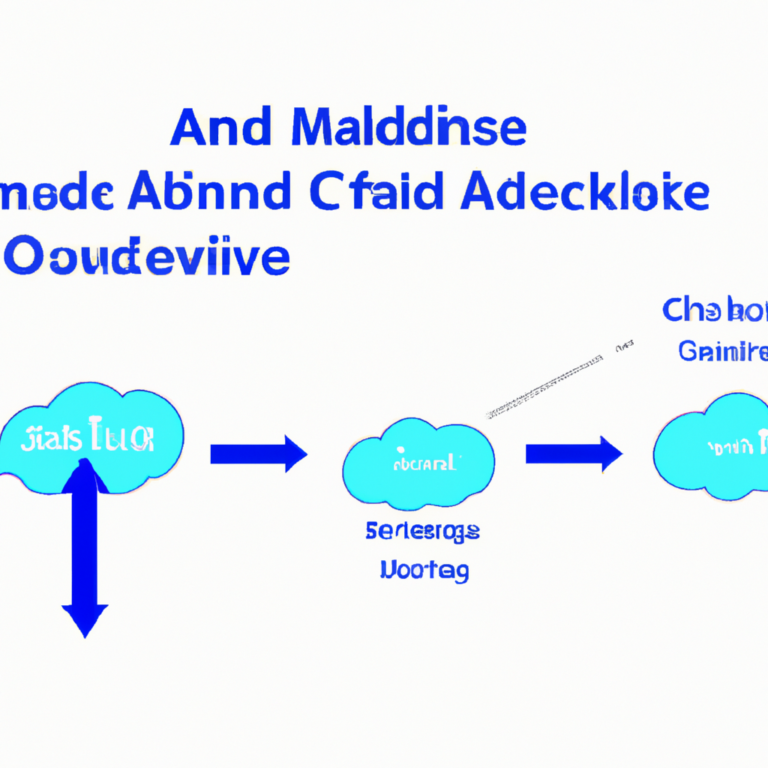Introduction to Pivot Points in Day Trading
Pivot points are a popular tool used by traders to determine critical support and resistance levels. These points are calculated using the previous trading session’s high, low, and closing prices. By identifying these levels, traders can make educated guesses about potential market movements, making pivot points particularly useful in day trading where quick decisions are vital.
Understanding the Basics of Pivot Points
Pivot points are primarily used to identify potential turning points in the market. The main pivot point (P) is the central focus, around which other support (S1, S2, S3) and resistance levels (R1, R2, R3) are calculated. These levels serve as indicators for traders to anticipate possible entries, exits, and reversal points.
Calculating Pivot Points
The calculation for the main pivot point is straightforward:
Formula:
[ text{Pivot Point (P)} = frac{text{(High + Low + Close)}}{3} ]
From this central pivot, subsequent levels of support and resistance are derived:
First Level Support and Resistance:
[ text{Resistance 1 (R1)} = (2 times text{P}) – text{Low} ]
[ text{Support 1 (S1)} = (2 times text{P}) – text{High} ]
Second Level Support and Resistance:
[ text{Resistance 2 (R2)} = text{P} + (text{High} – text{Low}) ]
[ text{Support 2 (S2)} = text{P} – (text{High} – text{Low}) ]
And so on, for any further levels that the trader wishes to calculate. These formulas provide a structure for the day’s trading by identifying potential points of interest.
Utilizing Pivot Points in Day Trading
Day traders use pivot points to guide their trading decisions. The key is to interpret these points as potential areas of support and resistance.
Trading Strategies with Pivot Points:
– Traders might consider entering a buy position when the price moves above a pivot point level, indicating upward momentum and potentially using the known levels of resistance as target prices.
– Conversely, selling or short selling could be considered when the price drops below a pivot point, suggesting downward momentum with subsequent support levels serving as target prices.
Combining Pivot Points with Other Indicators:
While pivot points offer valuable insights on their own, their predictive power increases when used in conjunction with other indicators like moving averages, MACD, or RSI. This multi-faceted approach can help validate pivot point signals and refine entry and exit strategies.
Challenges and Limitations
Despite their popularity, pivot points are not foolproof. Their effectiveness can be influenced by various factors, including market volatility, economic announcements, and global events. Therefore, traders should use them as part of a broader, well-considered trading strategy rather than relying on them exclusively.
Conclusion
Pivot points are a versatile and widely used tool in day trading, offering a framework for making quicker and more informed trading decisions. By understanding how to calculate and apply these levels in conjunction with other market analysis techniques, traders can enhance their trading strategies and potentially improve their market performance. Bearing in mind the inherent risks and staying informed about market conditions are crucial components of successful day trading with pivot points.










